Discover the top 7 things you didn’t know about Invisalign! Learn how this nearly invisible treatment can transform your smile.
Wearing Invisalign: 7 Cool Things You Didn’t Know About Invisalign
Invisalign has transformed the world of orthodontics, making it easier and more comfortable for people to achieve a perfect smile. However, there are many fascinating aspects of Invisalign that remain relatively unknown. In this article, I’ll share seven cool things you didn’t know about Invisalign, incorporating personal experiences and stories to make this journey more relatable and engaging.

1. Custom-Made Just for You
One of the most remarkable features of Invisalign is that each aligner is custom-made to fit your teeth perfectly. I remember the day I first received my aligners. It was April 10, 2023, at my local orthodontist‘s office in Richmond, Virginia. The excitement was palpable as I held the clear, almost invisible trays. The precision in design, tailored specifically for my teeth, was impressive.
Fun Fact: Digital Impressions
Gone are the days of messy dental impressions. Invisalign uses advanced 3D imaging technology to create a digital map of your mouth. This process is not only more accurate but also much more comfortable.
2. Invisalign is Almost Invisible
One of the primary reasons people choose Invisalign over traditional braces is its discreet appearance. A friend of mine, Sarah, who started her treatment in March 2022, shared how her colleagues didn’t even notice she was wearing them until she mentioned it.
Quote:
“I loved how invisible they were. It felt like I was the only one who knew I was on my way to a perfect smile!” – Sarah, Richmond, VA
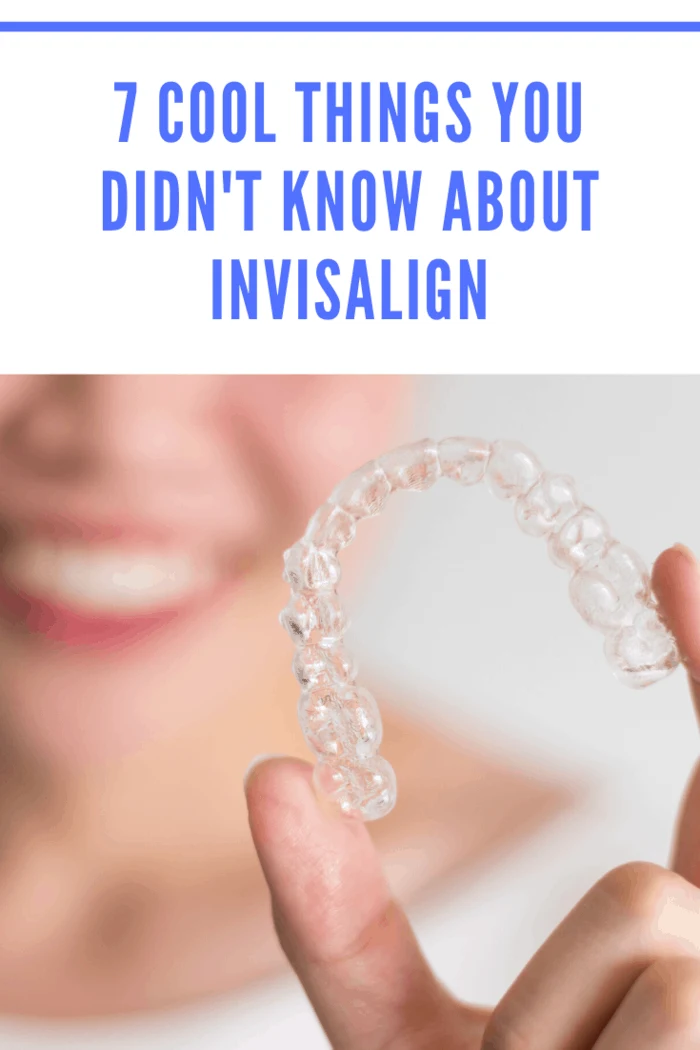
3. Shorter Treatment Time
Depending on the complexity of your case, Invisalign can straighten your teeth in as little as six months. My treatment plan, for instance, was set for just 12 months, compared to the two years I would have spent with traditional braces.
Statistic:
According to a study by the American Association of Orthodontists, Invisalign treatment is, on average, 50% faster than traditional braces.
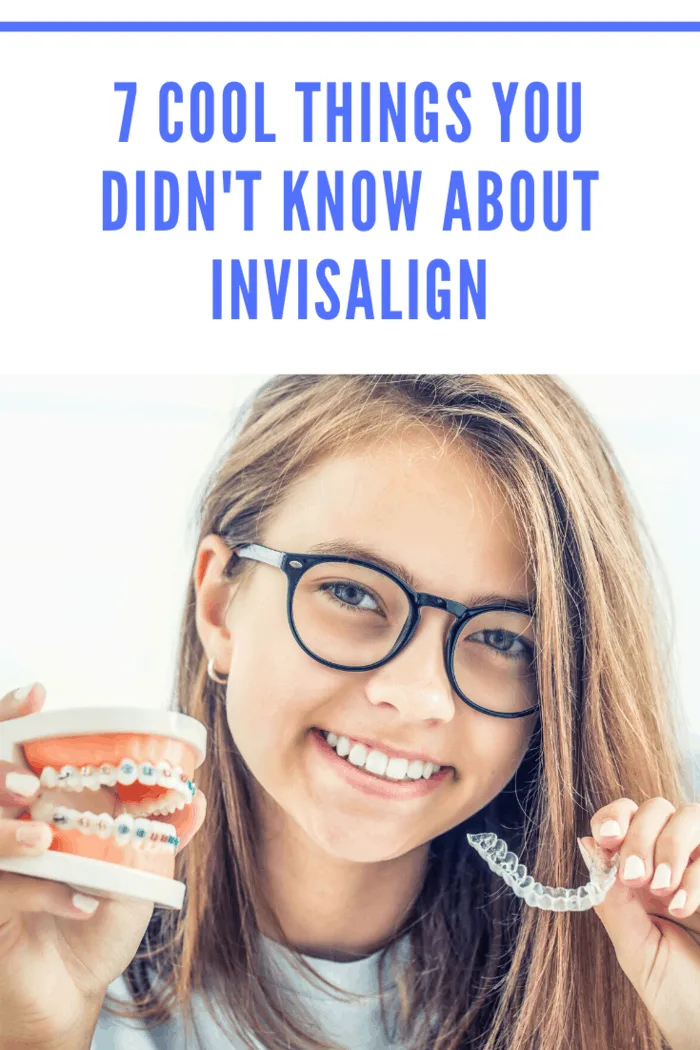
4. Eat What You Love
One of the biggest perks of Invisalign is the freedom to eat whatever you want. Unlike traditional braces, which restrict certain foods, you can simply remove your aligners before meals. I vividly recall indulging in my favorite BBQ ribs at a family cookout last summer without a second thought.
Expert Tip:
Always brush your teeth before putting your aligners back in to maintain good oral hygiene and prevent staining.
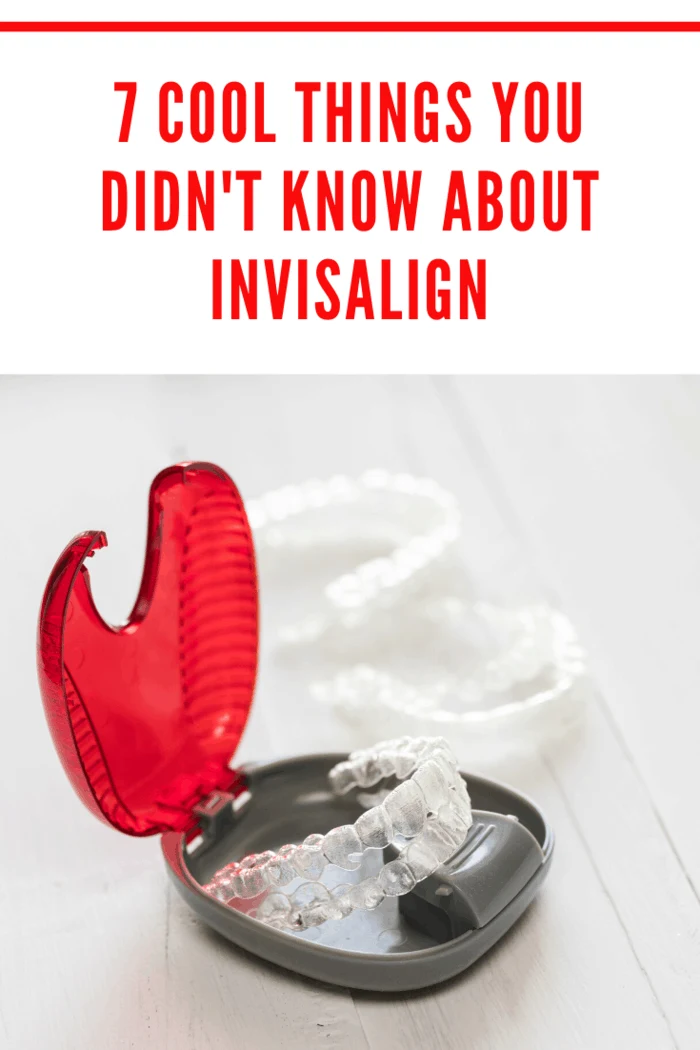
5. Easy to Maintain
Keeping your Invisalign aligners clean is straightforward. A gentle brush with a soft toothbrush and lukewarm water does the trick. During a trip to the beach in Outer Banks, NC, last August, I made it a point to carry a travel-sized toothbrush with me. It made maintaining my aligners on-the-go hassle-free.
CTA:
For a comprehensive cleaning kit, check out this Invisalign Cleaning Kit on Amazon to keep your aligners sparkling clean!
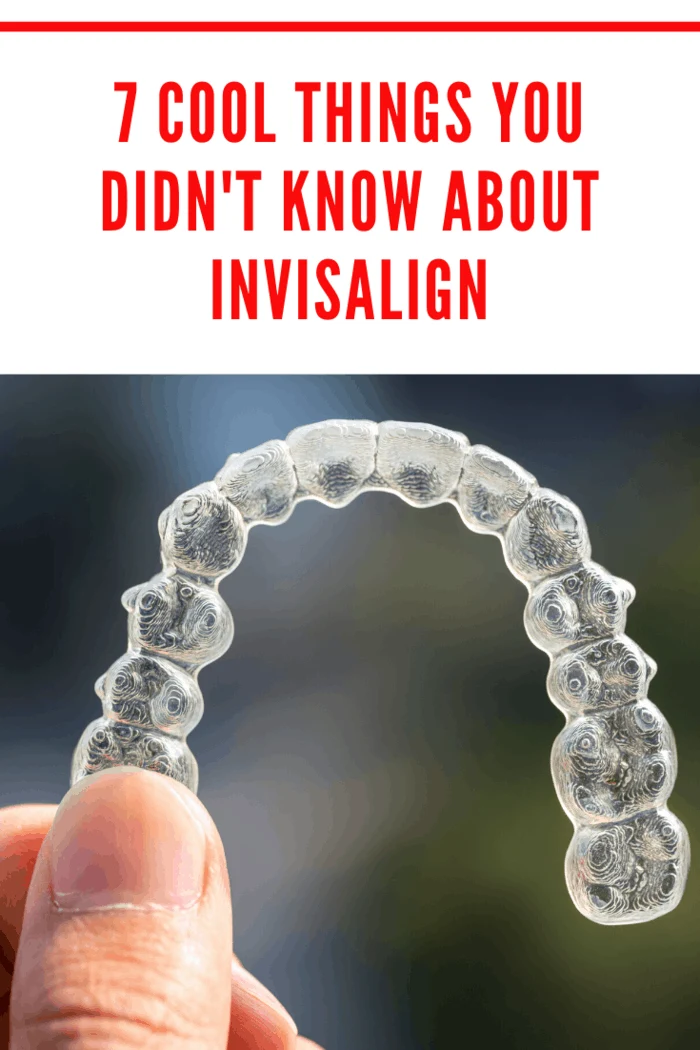
6. Less Frequent Dental Visits
With Invisalign, you won’t need to visit your orthodontist as often as you would with braces. I found this particularly convenient during my busy work schedule. Typically, check-ups are every 6-8 weeks, saving time and reducing the number of appointments.
Statistic:
A report by Invisalign shows that patients visit their orthodontists 40% less frequently compared to those with traditional braces.
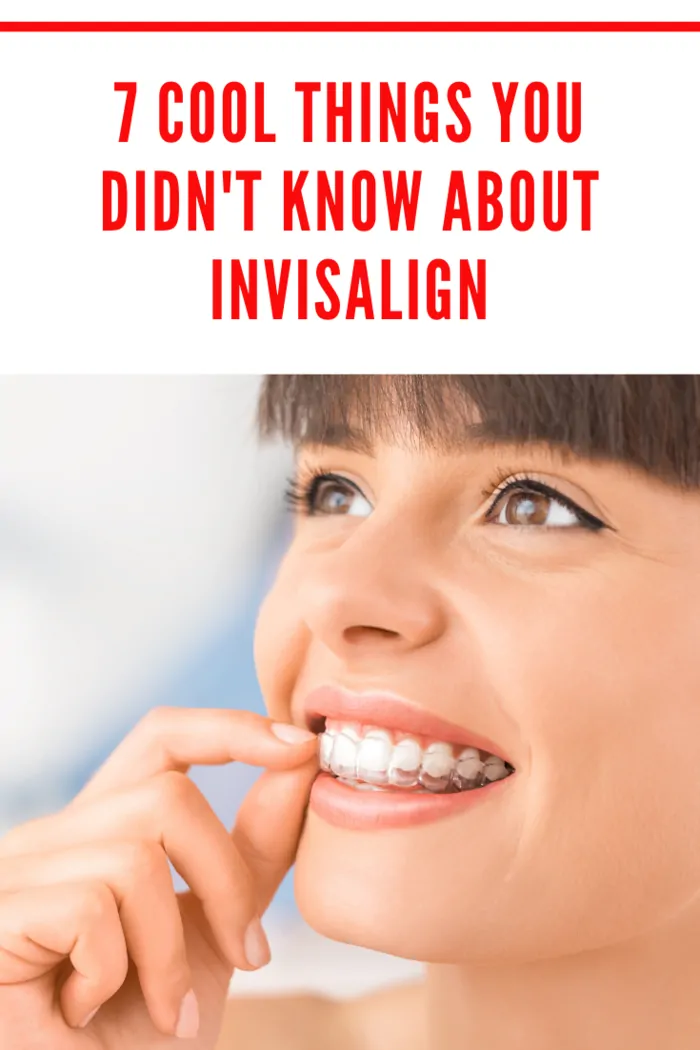
7. Invisalign Boosts Confidence
The journey to a perfect smile is empowering. Wearing Invisalign boosted my confidence, knowing that my smile was improving each day without the metal mouth look. During my cousin’s wedding in May 2023, I smiled widely for photos, feeling more confident than ever.
Personal Story:
I remember my nephew’s birthday party in June 2023, where I gave a speech. Knowing my teeth were gradually aligning made me speak with more confidence and joy.
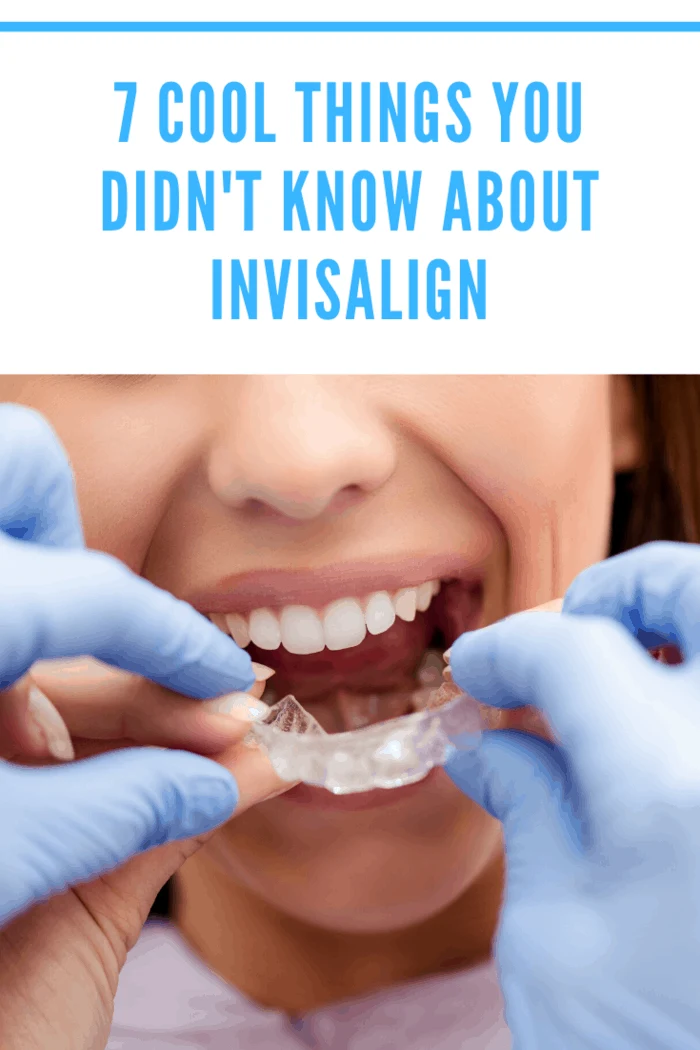
Final Thoughts
Have you had any experiences with Invisalign?
By incorporating these tips and stories, you can transform your smile with Invisalign while enjoying the process. Remember, each step brings you closer to the smile you’ve always wanted.
